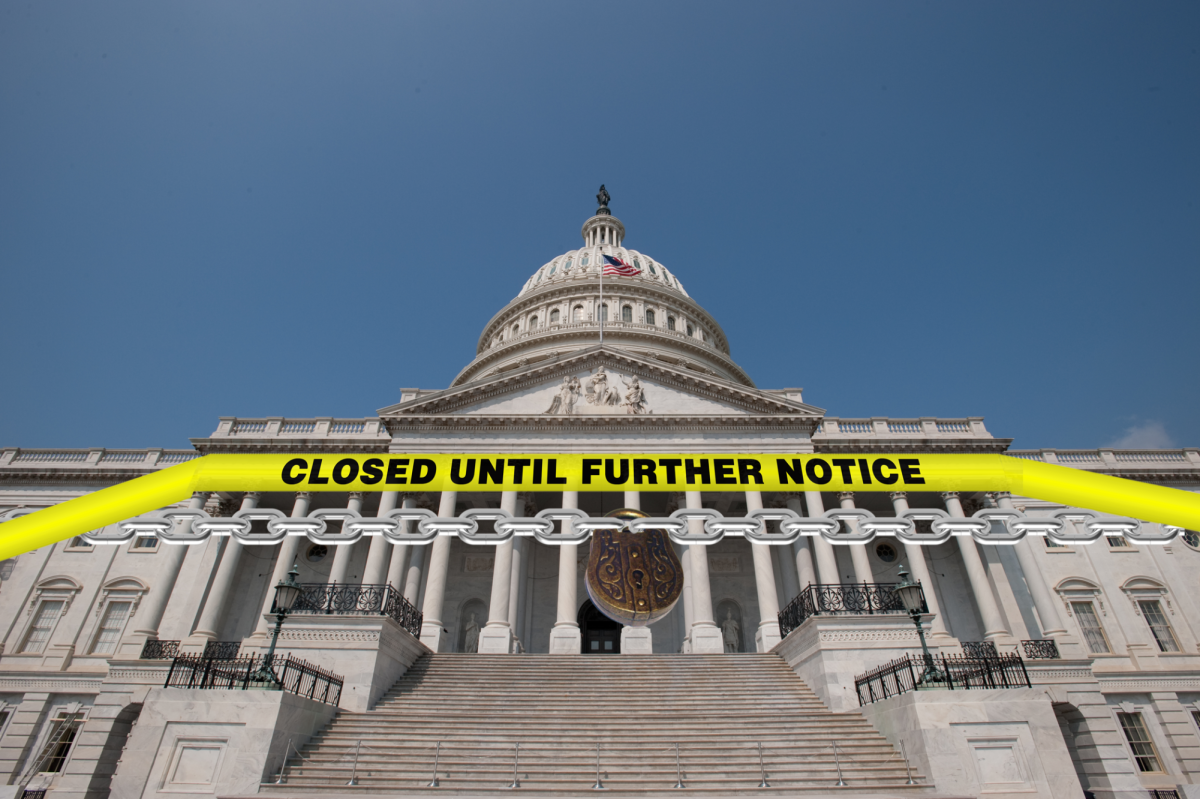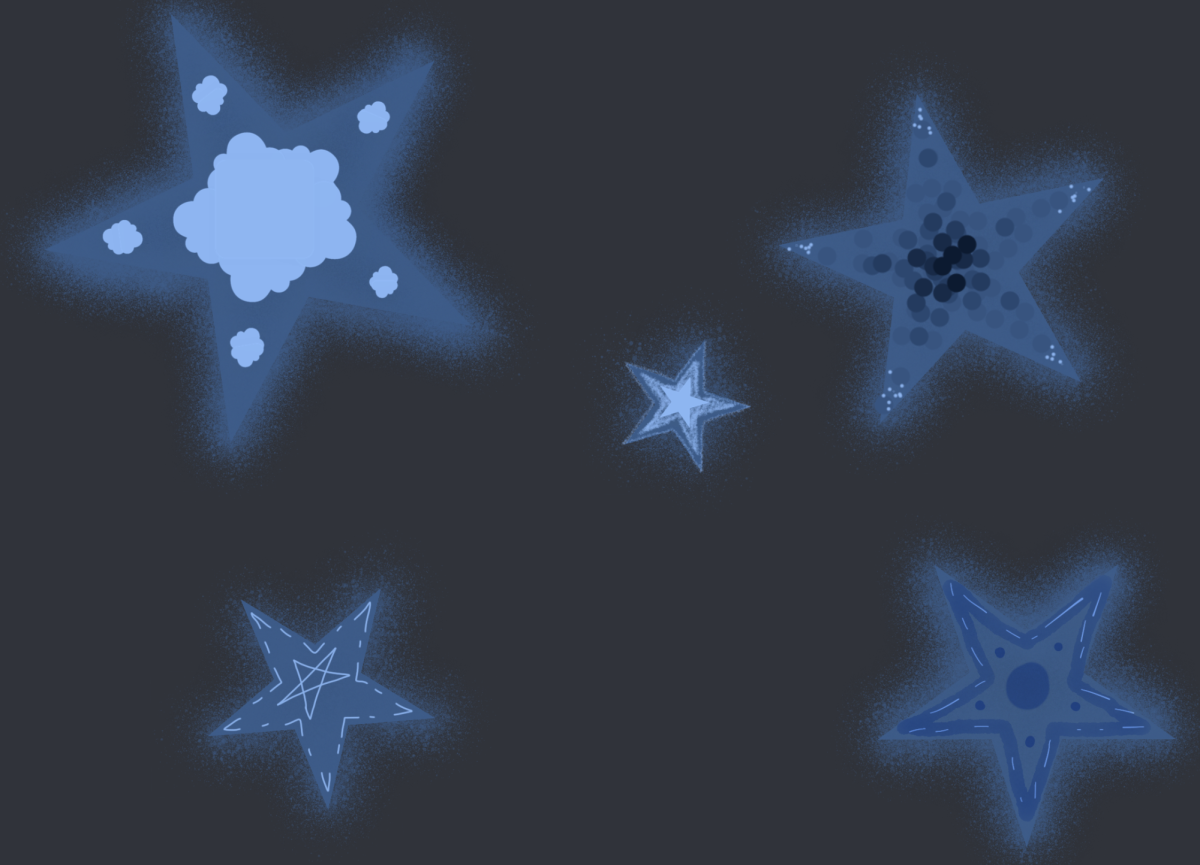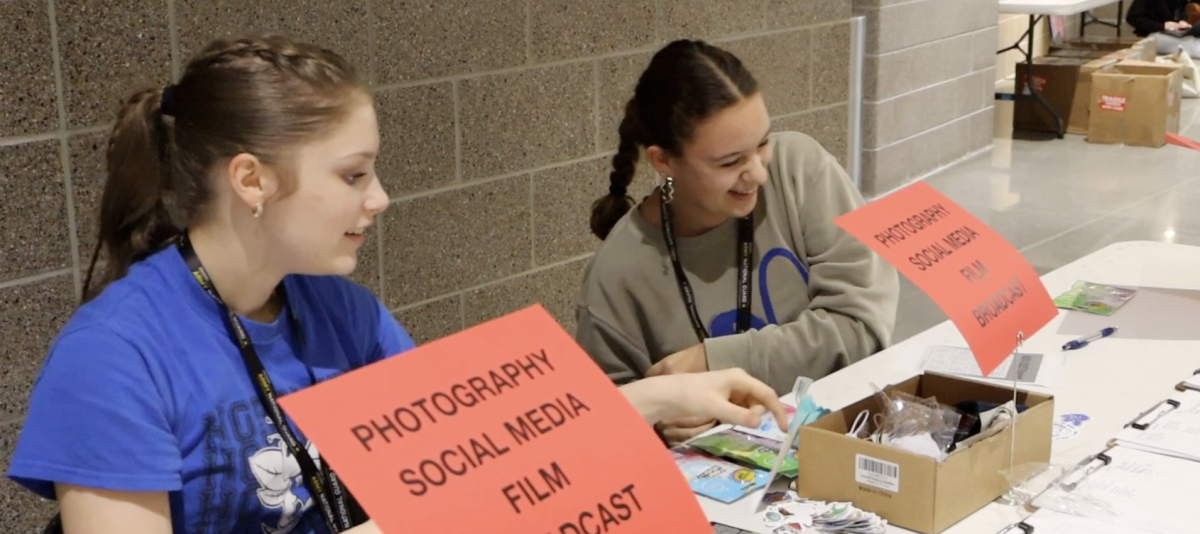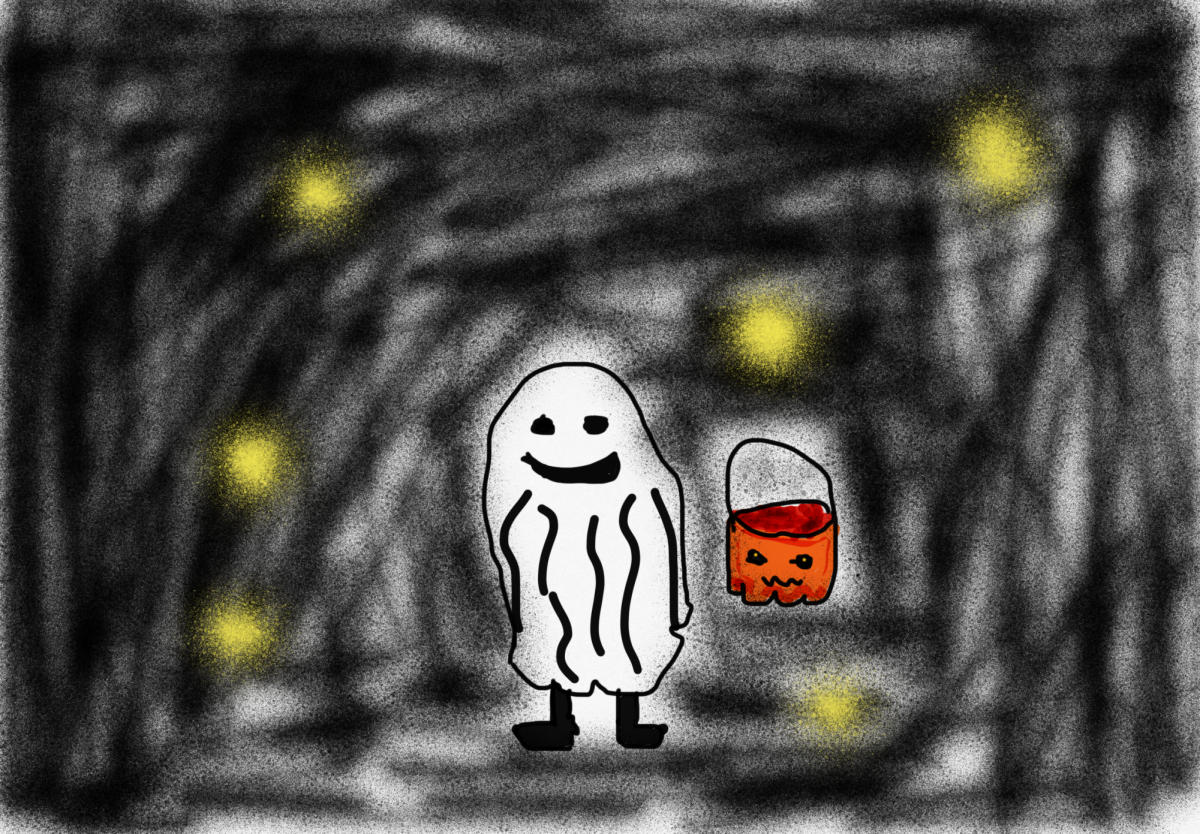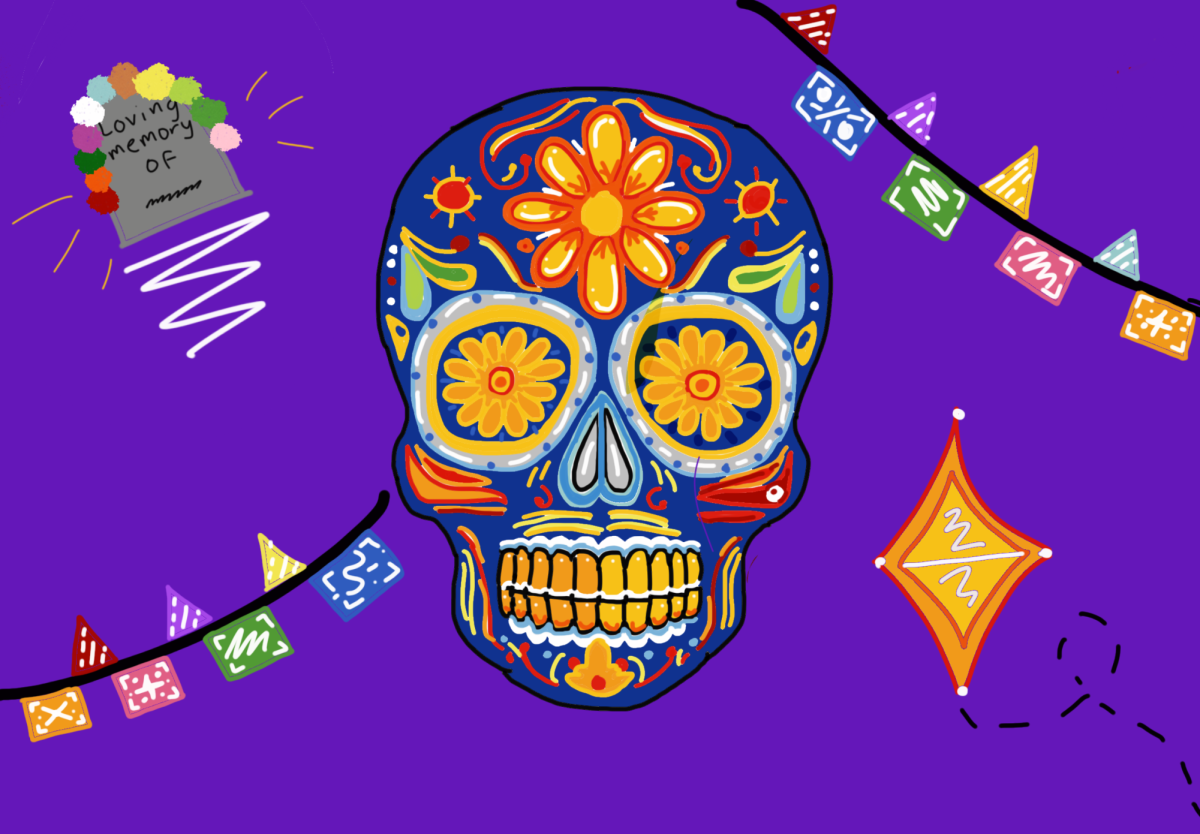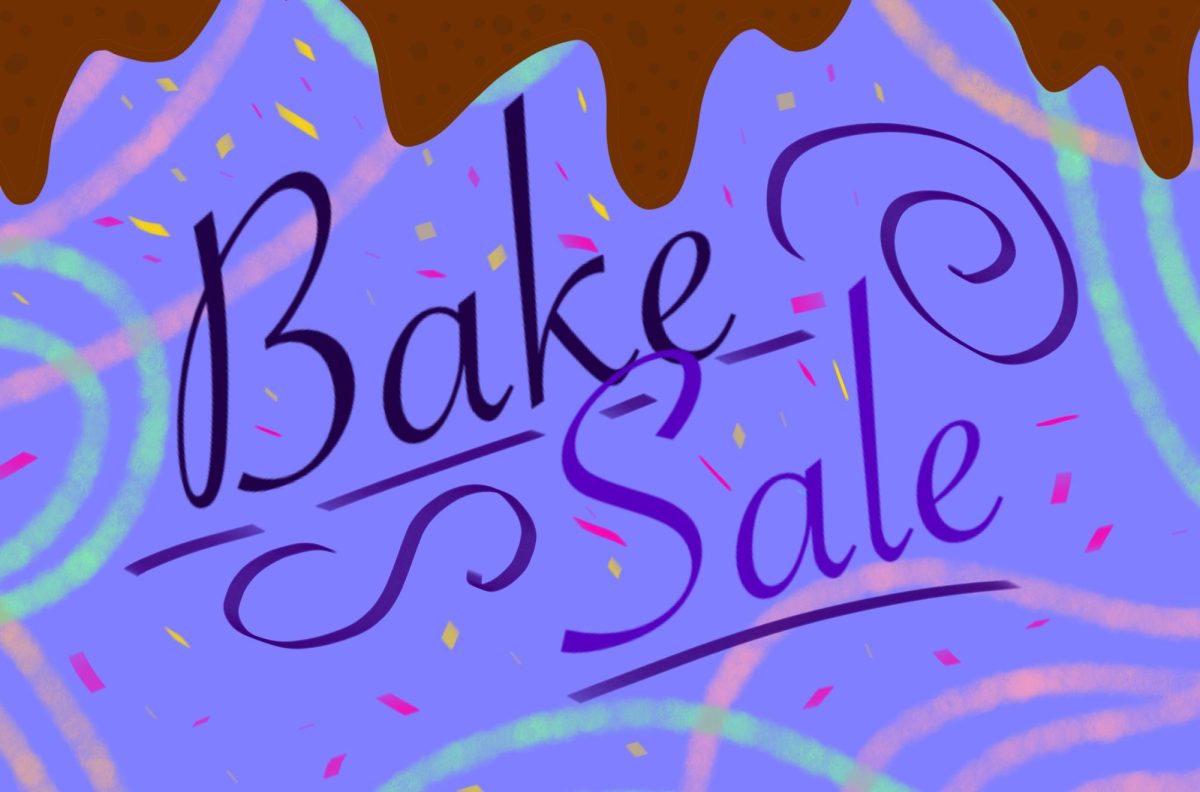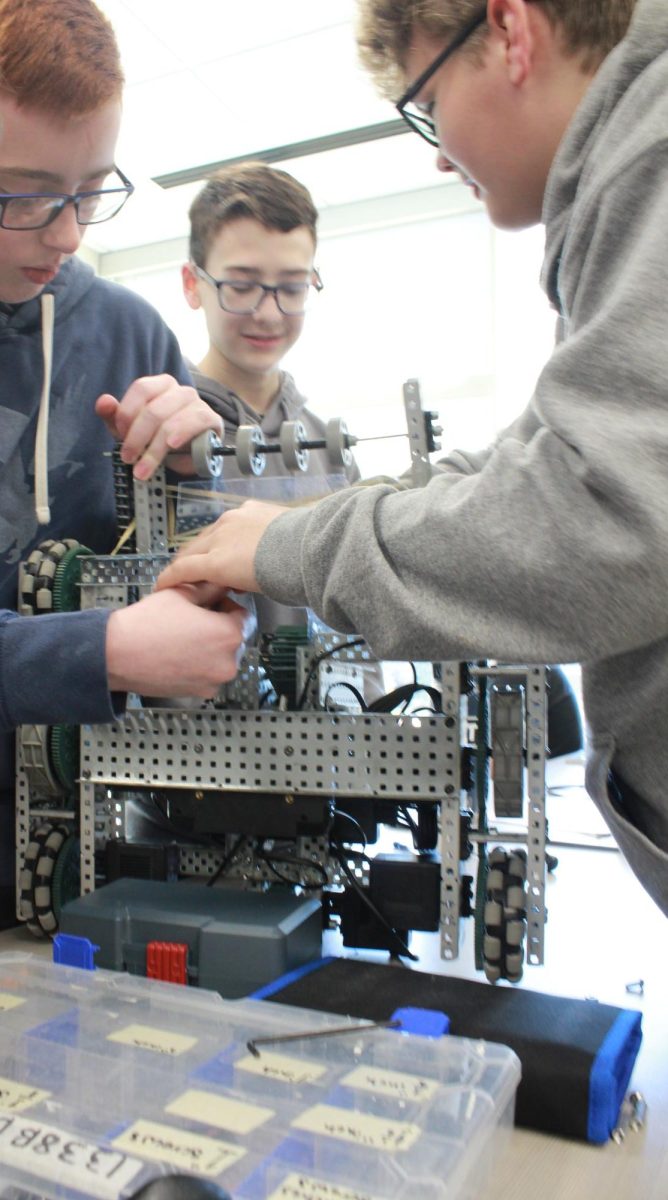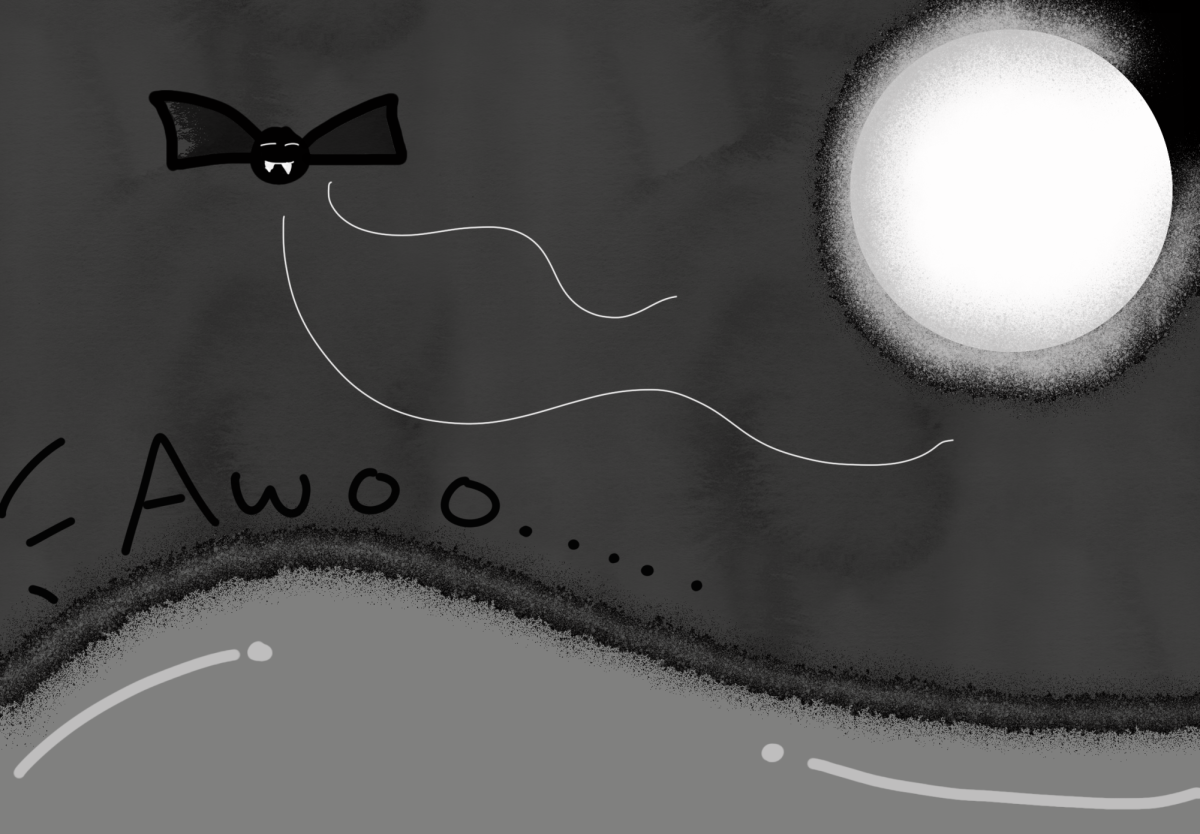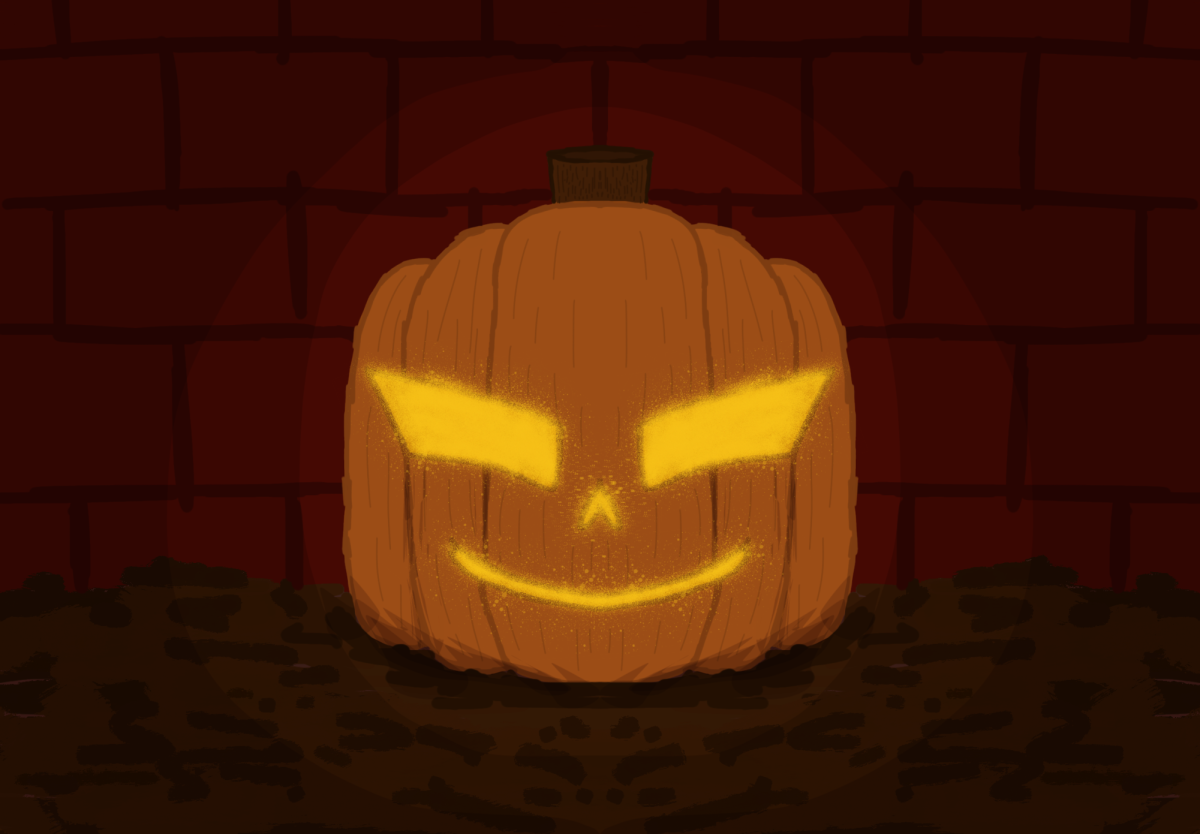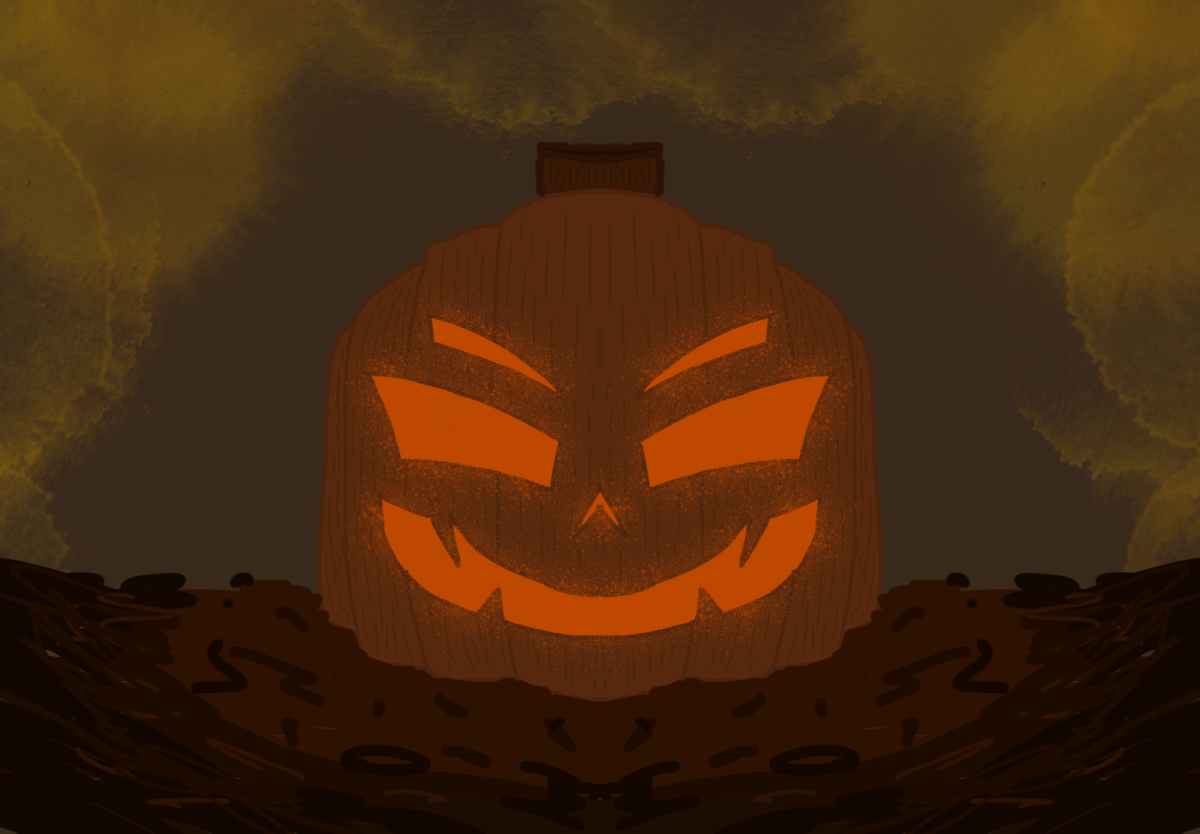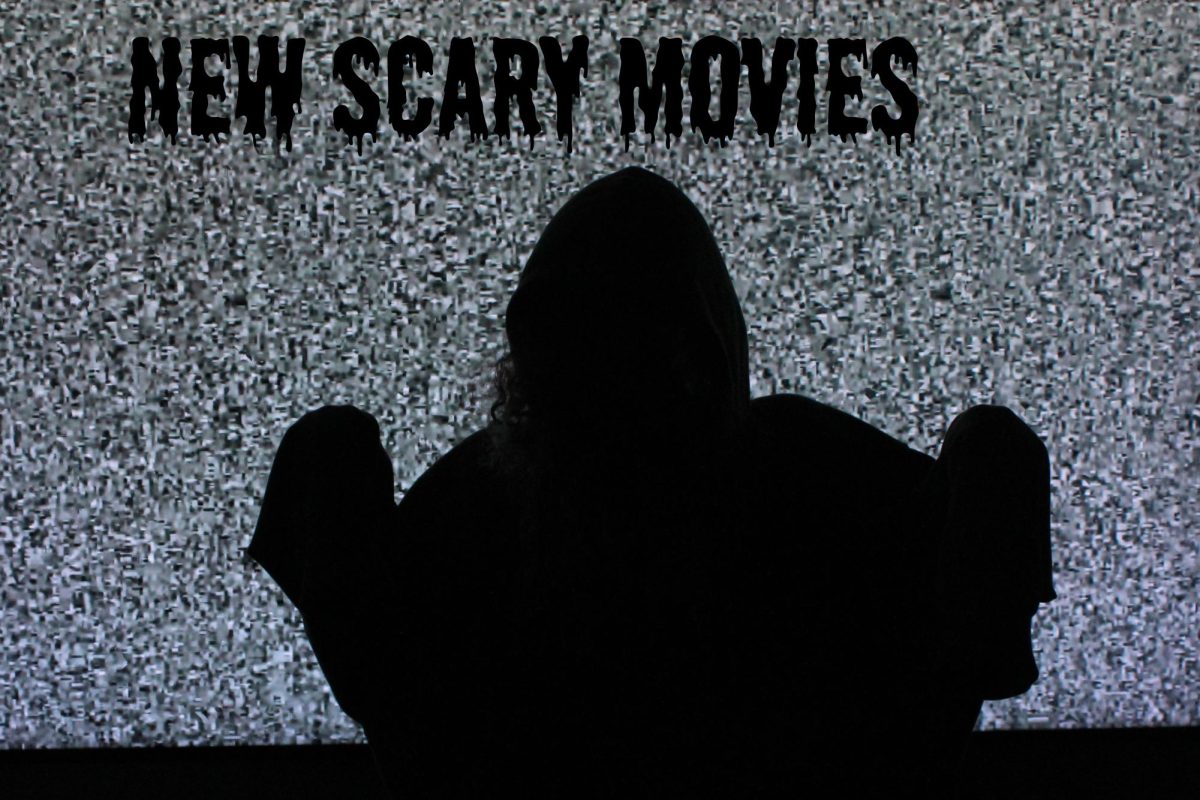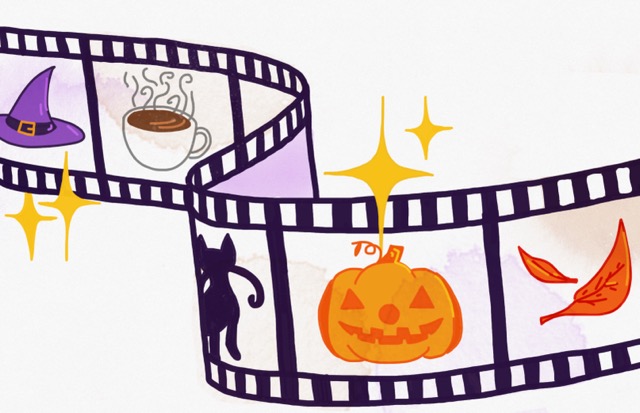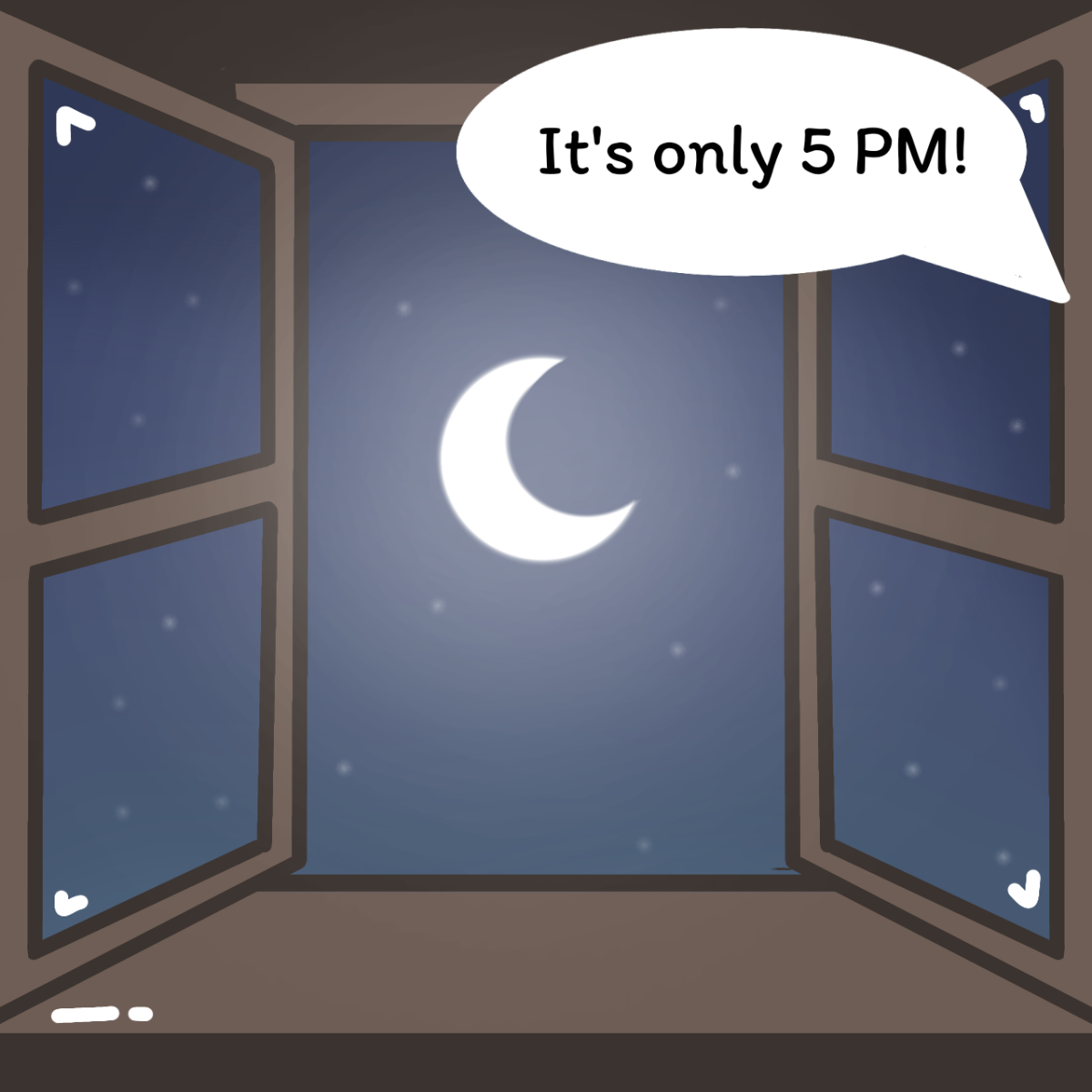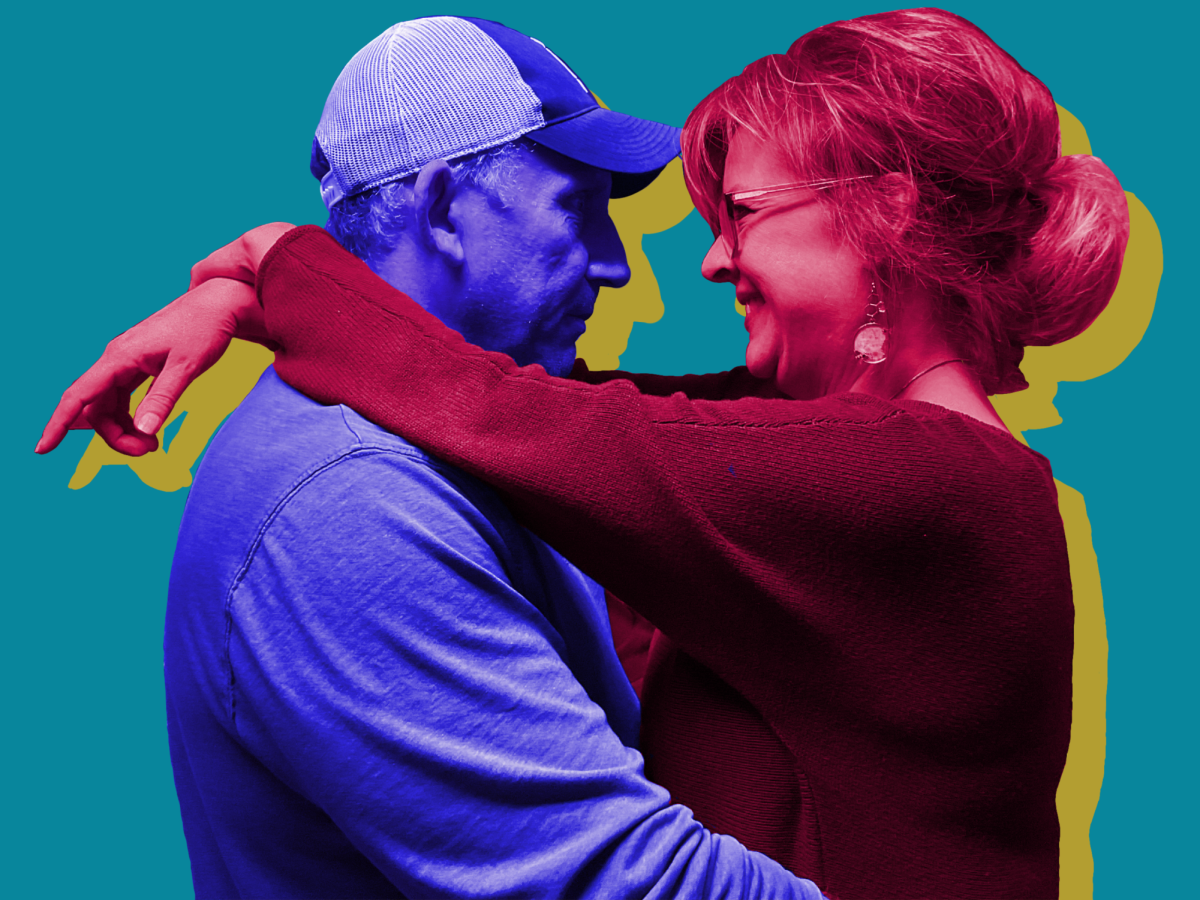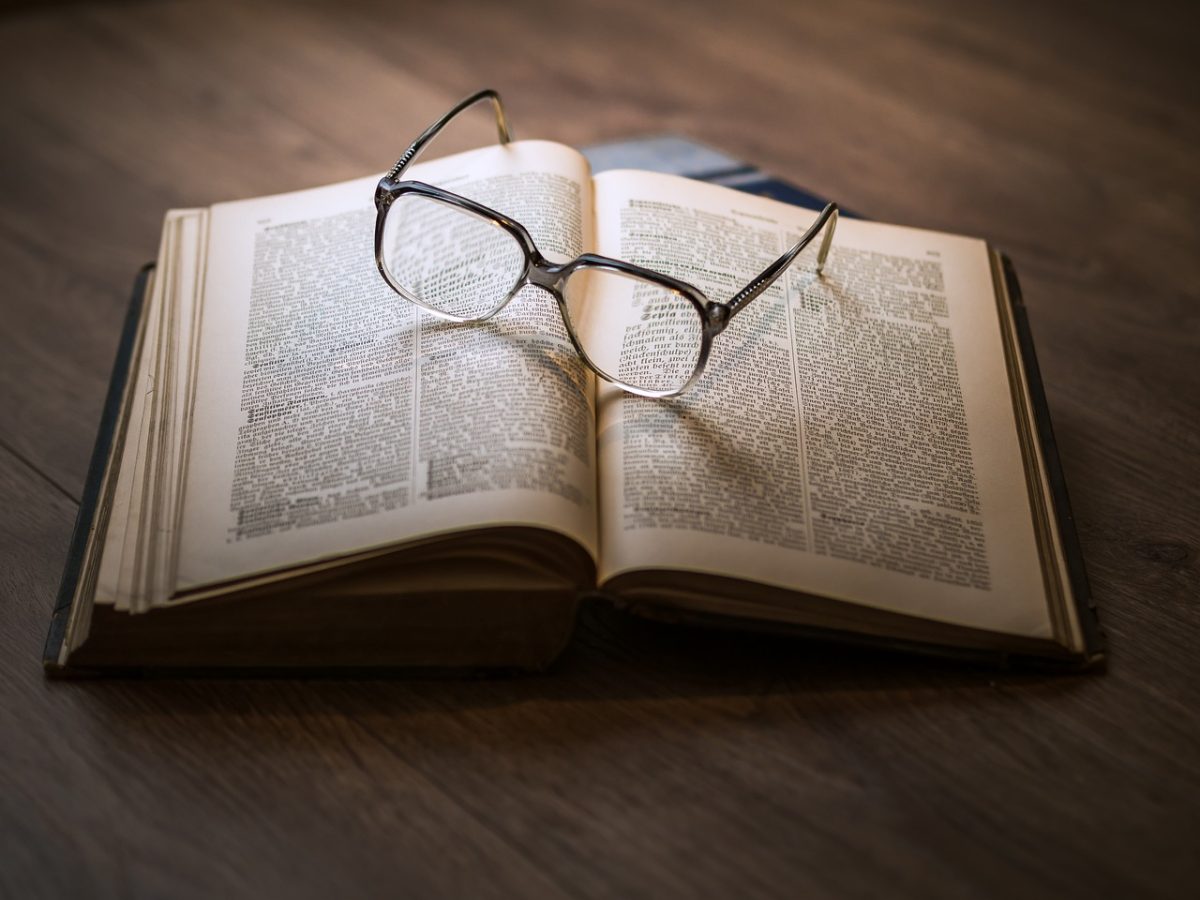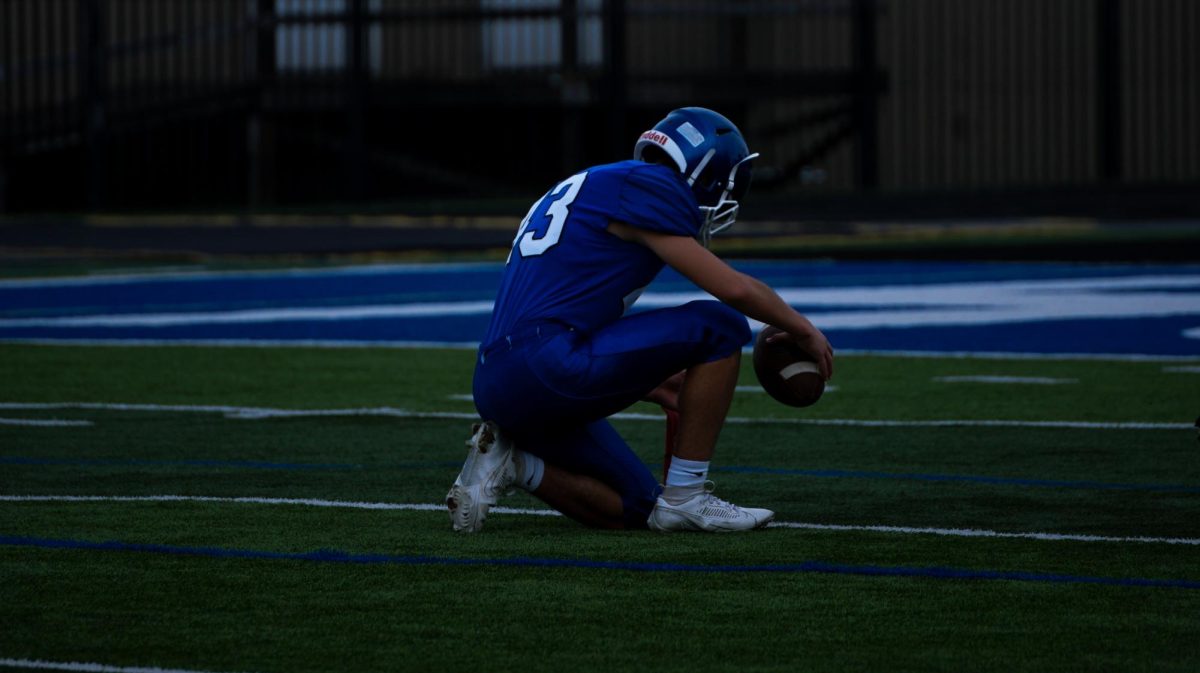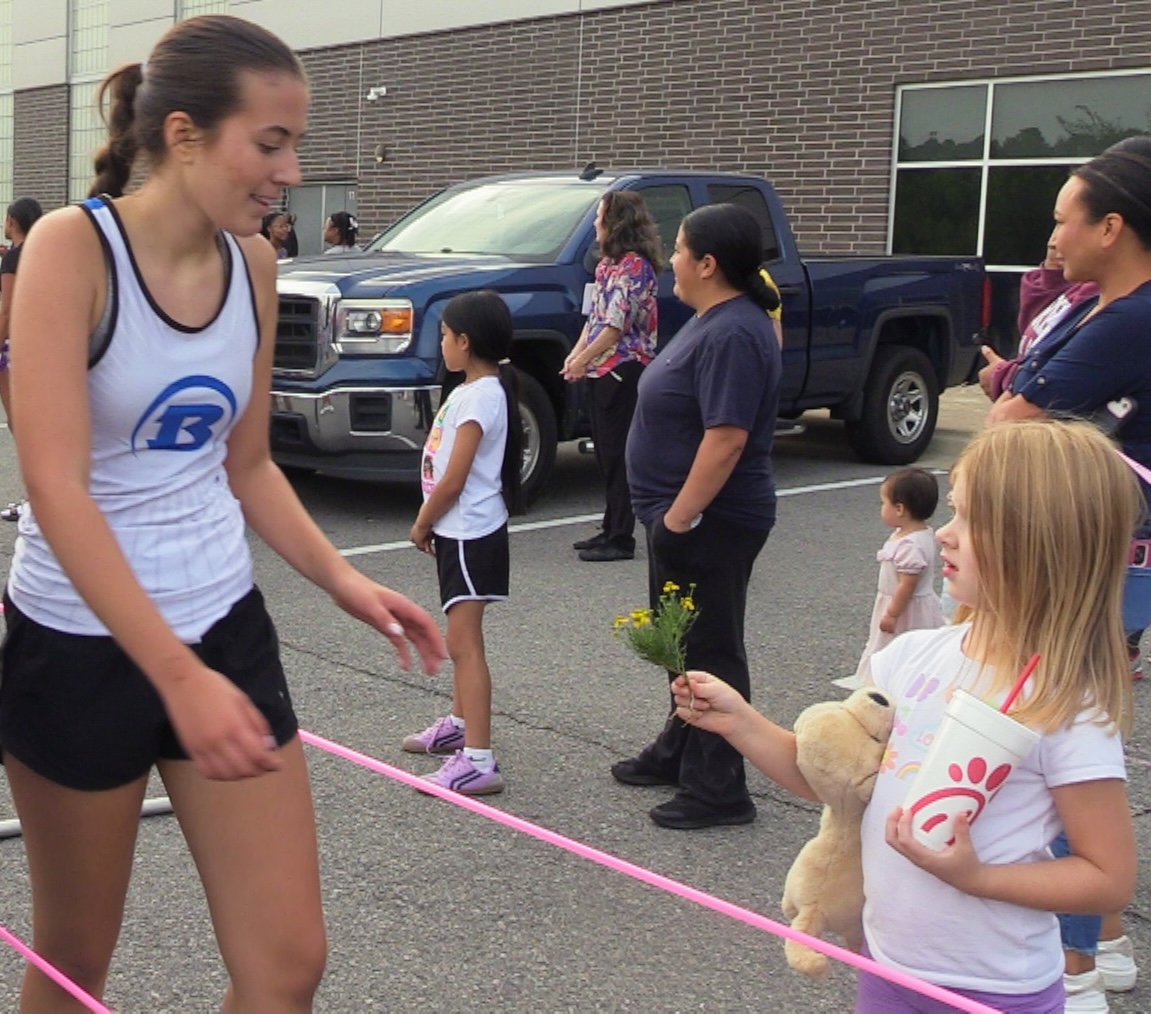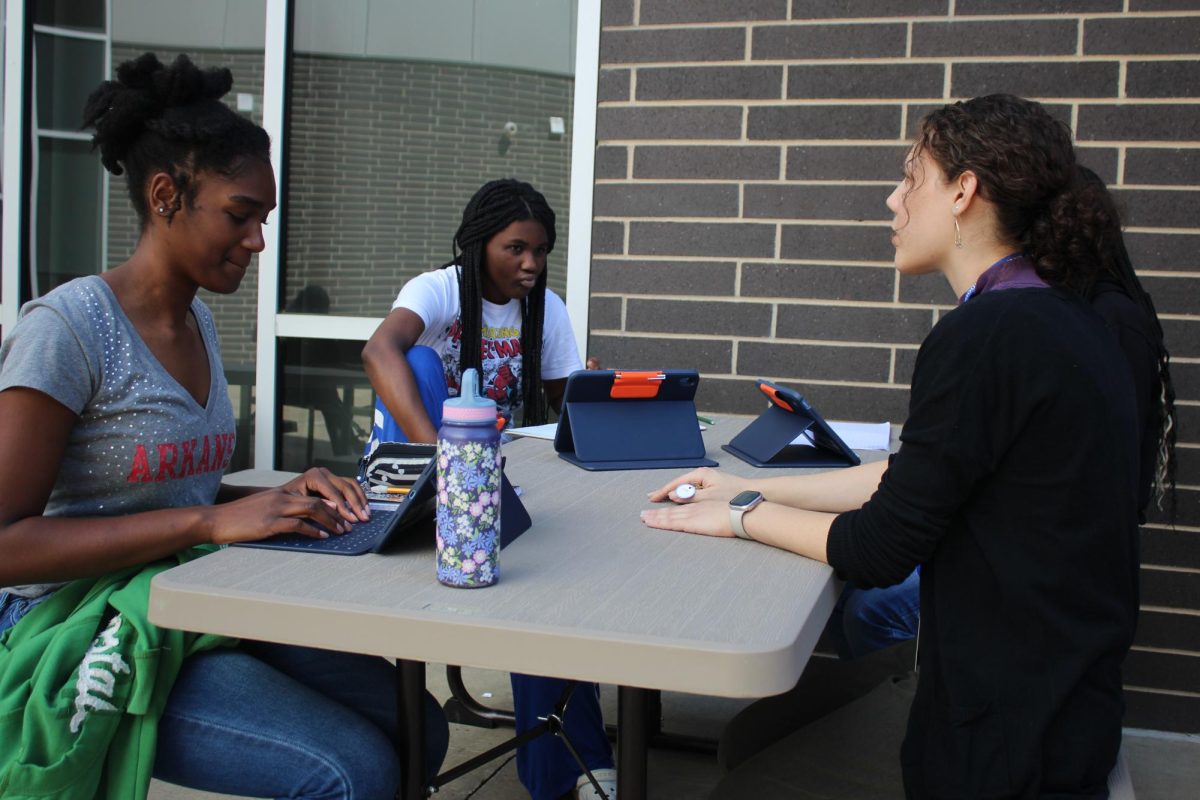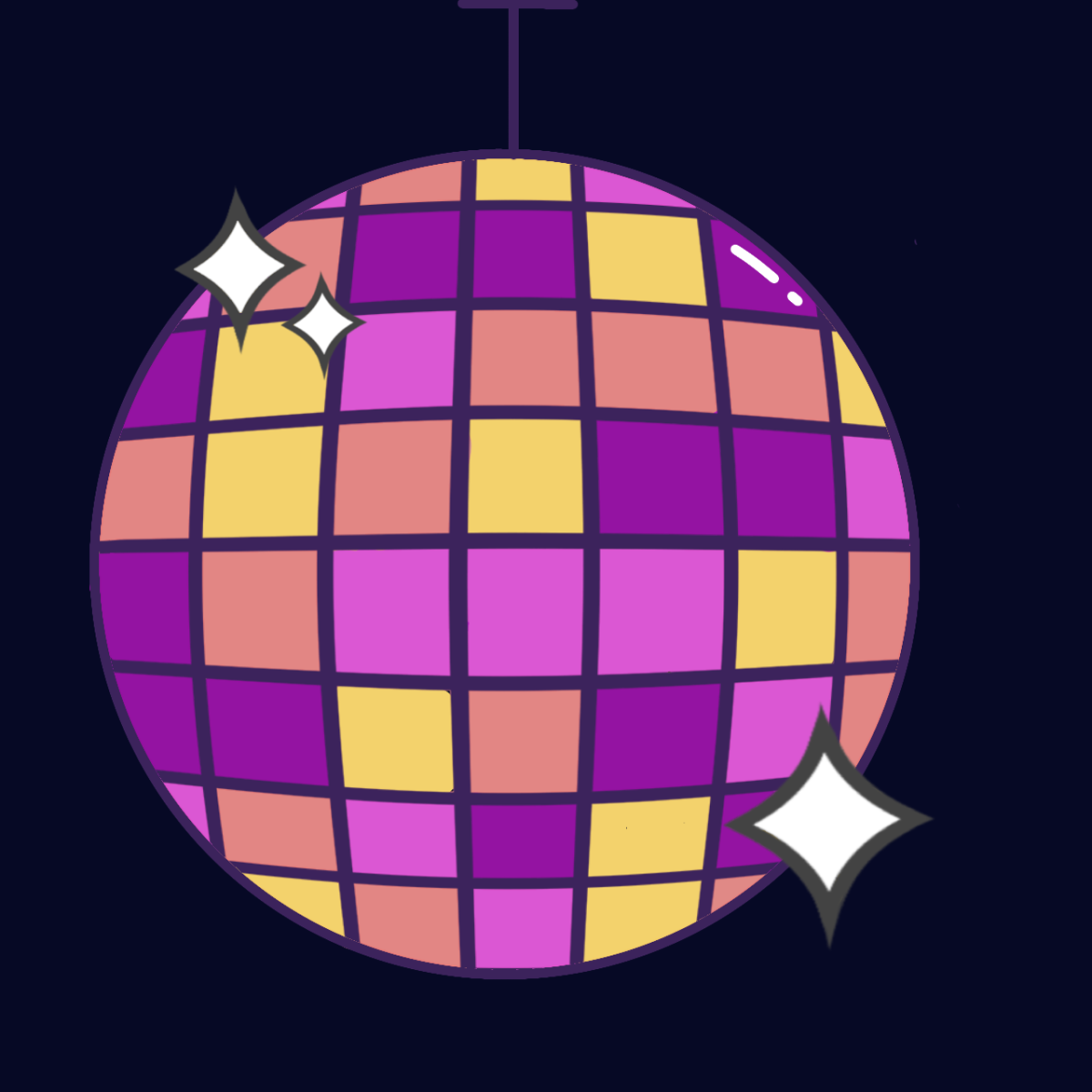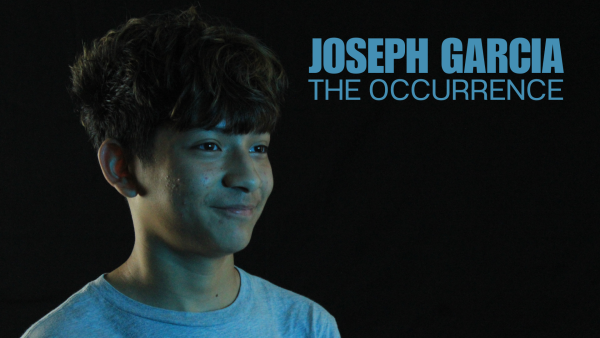Honoring the dead: A tradition that never dies.
Every year, on November first and second. Families across Mexico and around the world gather around a flickering altar with food, covered in marigold, candles, and frames of their loved ones sitting right up. Not just altars, decorated graves as-well.
It ‘s Día De Los Muertos. The day of the dead – a celebration older than many countries that now look and observe it. It’s a special time to remember and honor loved ones who have passed.
This isn’t just a holiday, but a tradition and part of history that has lasted for thousands of years. Even though it started long ago, it’s still important to this day and will for many years to come.
The Day of the Dead began more than 3,000 years ago with the Aztecs and other indigenous people in what is now known as Mexico. They believed that death was not the end. Instead, they thought the dead could return once a year to visit the living.
When the Spanish came to Mexico in the 1500s, they brought Catholic holidays like All Saints’ Day and All Souls’ Day. The indigenous people blended their beliefs with the new religion. Which is a mix of ancient traditions like pre-Hispanic indigenous beliefs and Catholic traditions like building ofrendas (altars) and using symbolic elements like sugar skulls and marigolds.
Back then, people held big festivals to honor the dead. Today, the tradition continues but it has changed. Now we see colorful altars called ofrendas decorated with multiple items specifically flowers, candles, and photos.
People dressing up as skeletons, especially La Catrina, a famous symbol of death.
Special foods like pan de muerto – bread of the dead. Music, dancing, and lots of story telling.
This holiday has even spread to other countries, especially in the United States, where many Mexican families keep the tradition alive. Not just the Mexican culture honors the dead too. Many other countries like the Philippines, and Guatemala also celebrate The Day of the Dead.
In the Philippines, people celebrate Undás. Families clean and decorate graves and spend time together in cemeteries.
“They would have like ceremonies. They were at the cemeteries, you know, gathering around, just eating,” Poyaoan, 8th grade.
In Guatemala, families fly giant kites on November 1st to send messages to their ancestors.
“We go to the park, and me and my family start gathering around writing messages which we call them barriletes gigantes and when we’re all done, we fly them,” Beza, 8th grade.
These different traditions show that even though we live in different places, we all want to remember the people we love after they’re gone.
In today’s world, it can be easy to forget the past. We move quickly and sometimes try to ignore hard things, like losing someone. But Day of the Dead reminds us to stop and remember.
Today, more schools and cities in the U.S celebrate the Day of the Dead with parades, art projects, and community altars. This helps young people learn about their culture and share it with others.
Even though times have changed, the meaning of the Day of the Dead is still strong. It’s not a scary holiday like halloween-it’s a celebration of love, memory, and family.
“I think it’s important to celebrate it because we can honor the dead you love, and our past relatives,” Beza, 8th grade.
